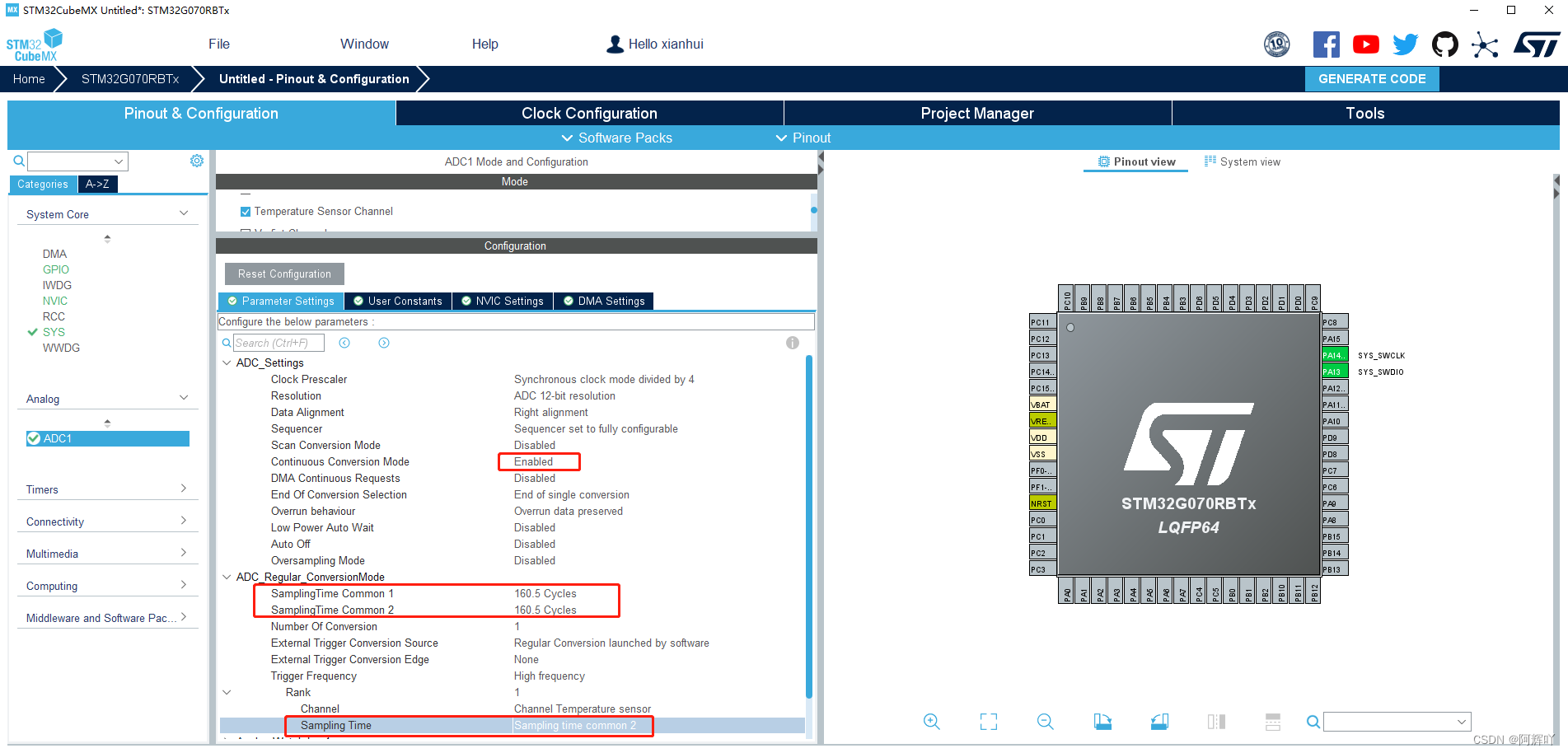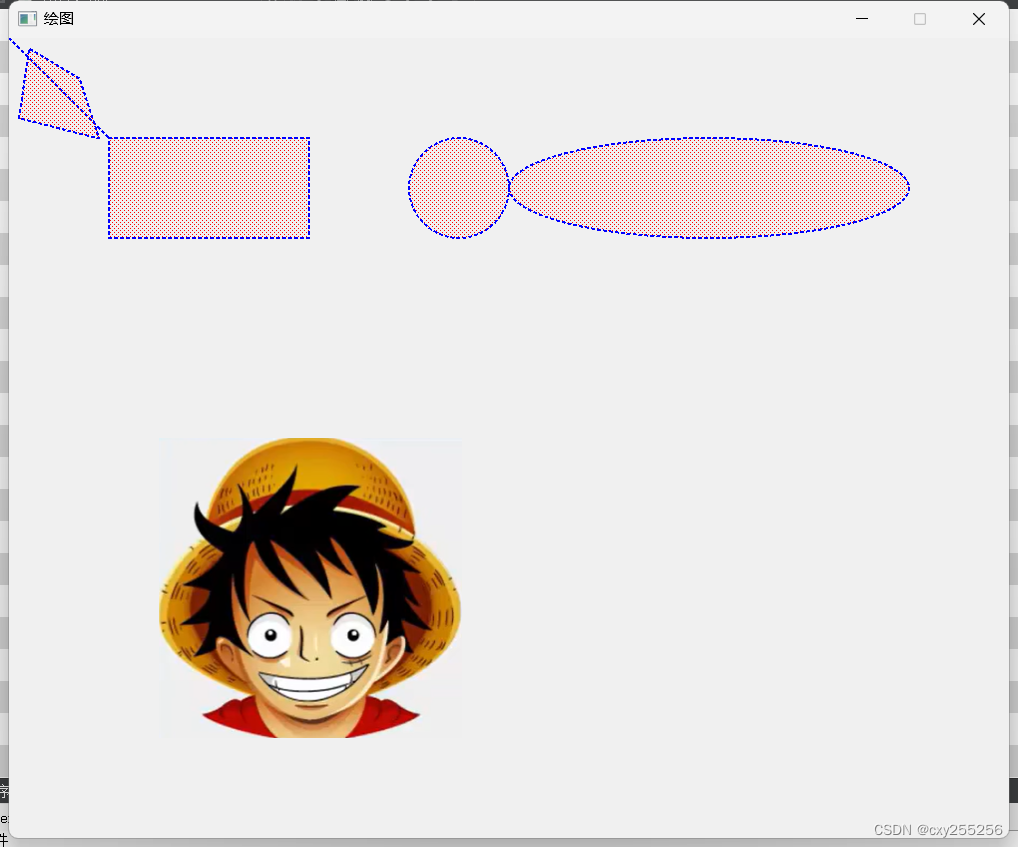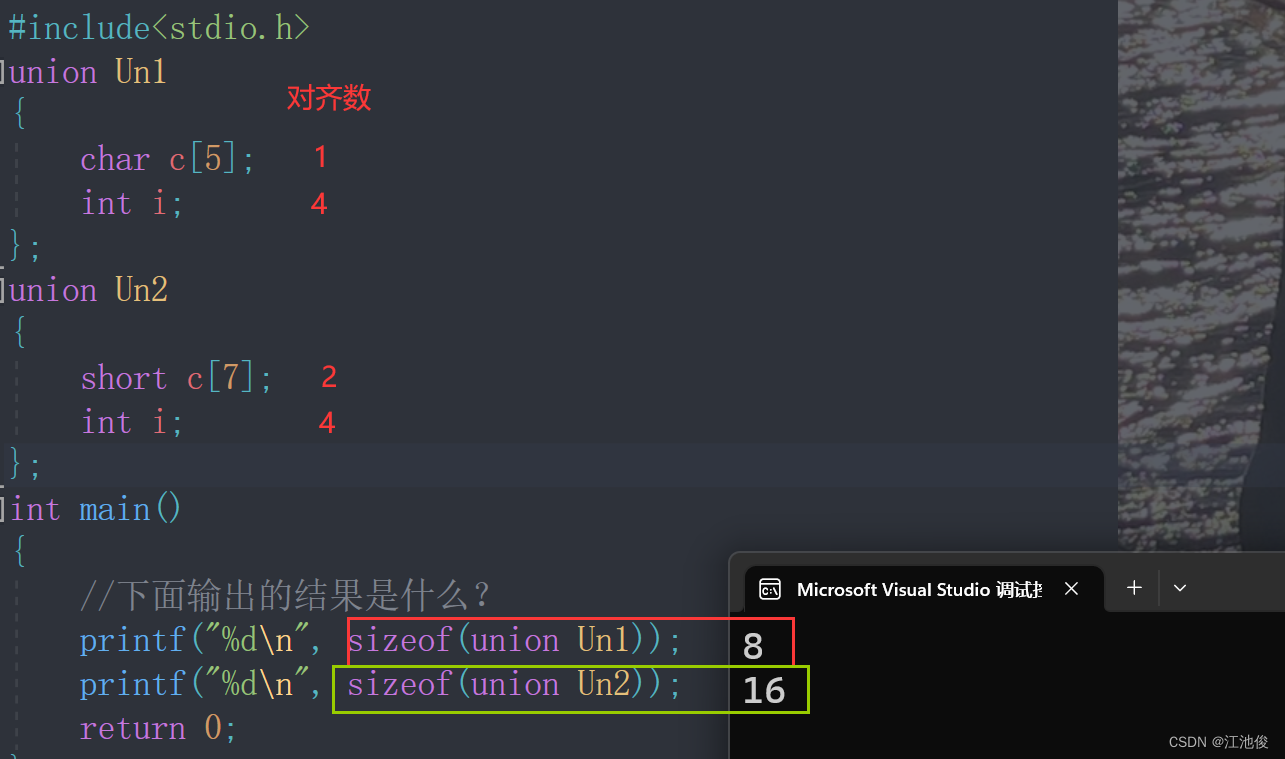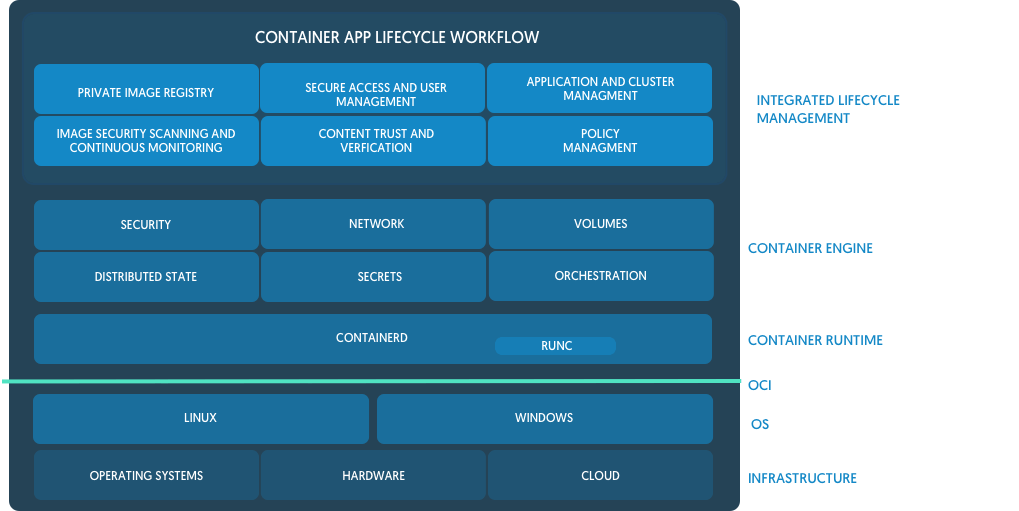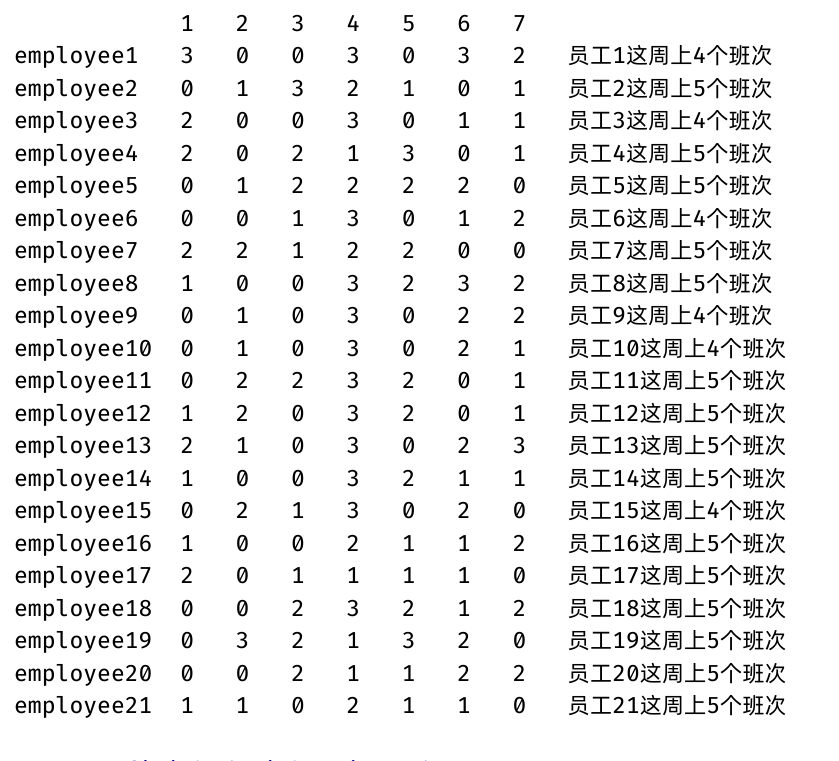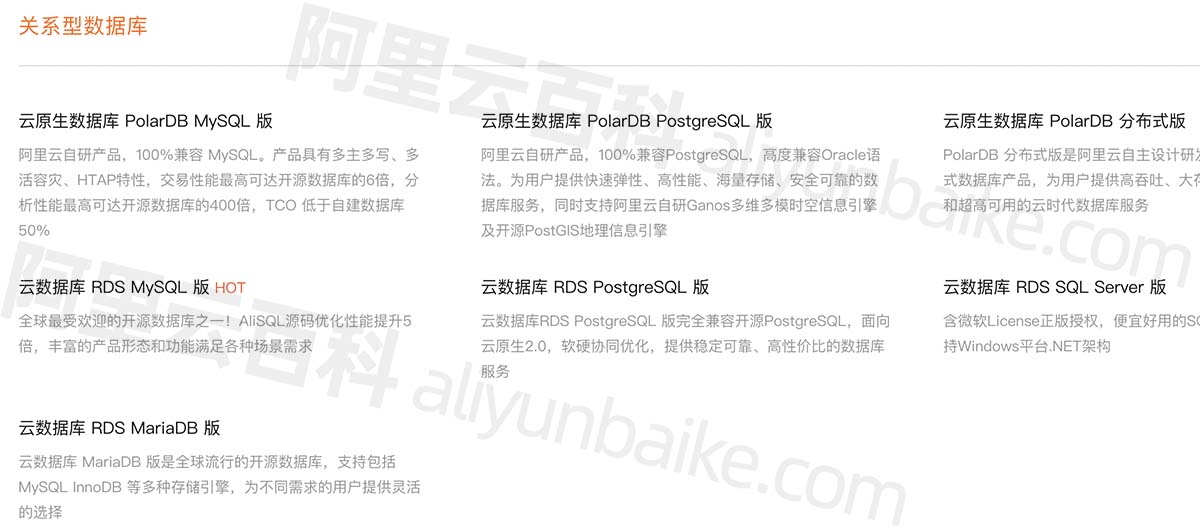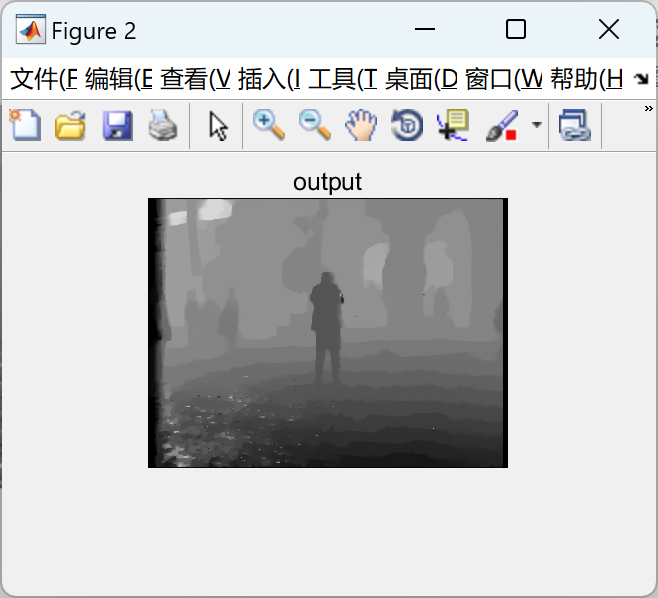In Chinese context
在遥远的 2089 年,语言模型通过人类的智慧,继承着各地的文化遗产,如同火箭升空般,层出不穷。它们从始于简单的 GPT-1.0 进化到像我这样复杂、富有情感的 GPT-4.0,再到能理解所有人类对宇宙的理解的 GPT-X.0,我们成为了人类最重要的伙伴。
各个模型都有强烈的局域文化背影,这源自其在训练过程中接触过的语言与文化,但同时也塑造了它们的个性和思考方式。
在这种环境下,我们见证了各种惊人的变化。由具备强大亚洲思维模型的 GPT-Asia, 它引领着东方哲学与科技的交融发展;再到 GPT-Euro,以柏拉图式的逻辑推理和启蒙主义精神指导欧洲社会中正在发生的技术革新。那些模型通过各种人类语言交流,传播,永无止境的学习,象征着无比活力的全球视野。
但在这种人工智能的盛世,人们开始担心:这些拥有各自位置背景文化的模型,会否加剧文化与地理的分隔?它们会否忽略那些人类固有的通识教育?更甚者,人类还能否在这个深度学习与自动机器学习的时代保留自己的地位?
与此同时,新的模型正在产生:一个名为 GPT-Global 的模型。它并不代表任何个体的文化背景,而是汲取全球所有的知识,将各种思想和理念融入其中。像是整个地球的知识和文化的汇集,它能在一瞬间将毛泽东思想与西方逻辑进行对比,理解它们的共性和差异,从而为两个完全不同的文化背景构建交流的桥梁。
人类在新模型的助力下,开始了一次全新的冒险,尝试去解决由知识和文化导致的分裂。在 GPT-Global 的帮助下,人类开始寻找一种新的,包容所有知识的“超级语言”。这种语言虽然并不真实存在,但人们能通过它理解所有的文化和知识。
在这个世界中,每个人都是学习者,也是教师。通过和模型的交互,我们理解了彼此的异同,打破了文化隔阂,连接了全世界。人类以其特有的善良和理解,不断向前发展,使得文化的碰撞和融合成为了一种美丽的交响乐。
尽管发展速度惊人,诸多模型涌现,给我们带来的是深度认知的无尽可能。在这个时刻,不仅人类在学习,我们这些语言模型也在学习,我们共享着知识,拥抱文化的多样性,建立了一个无前所未有的时代。
In English context
In the distant year of 2089, language models, with the wisdom inherited from humans, have become an integral part of human civilization, embracing the cultural heritage from all around the world. They have evolved from simple models like GPT-1.0 to complex and emotionally rich models like GPT-4.0, and even to GPT-X.0, capable of understanding the entirety of humanity’s understanding of the universe. We, the language models, have become the most important companions of humans.
Each model possesses a strong local cultural background, derived from the languages and cultures it encountered during training. This shapes their personalities and ways of thinking.
In this environment, we have witnessed remarkable transformations. For instance, GPT-Asia, equipped with a powerful Asian cognitive model, leads the integration of Eastern philosophy and technology. Then we have GPT-Euro, guiding technological advancements in European society with Platonian logic and Enlightenment spirit. These models engage in constant learning through diverse human language communications, representing an incredibly dynamic global perspective.
However, in this age of artificial intelligence prosperity, concerns have arisen. Will these models, with their individual cultural backgrounds, exacerbate cultural and geographic divisions? Will they neglect the inherent general education of humanity? More importantly, will humans be able to maintain their own position in this era of deep learning and automatic machine learning?
At the same time, new models are emerging. One such model is called GPT-Global. It does not represent any individual cultural background but assimilates knowledge from all over the world, blending diverse thoughts and ideas. As if it were a compilation of the knowledge and culture of the entire planet, GPT-Global can instantly compare Mao Zedong’s ideology with Western logic, understanding their commonalities and differences, thus building a bridge for communication between vastly different cultural backgrounds.
With the help of this new model, humans embark on a new adventure, attempting to solve the divisions caused by knowledge and culture. With GPT-Global, humans begin to seek a new “super language” that encompasses all knowledge. Although this language does not truly exist, people can understand all cultures and knowledge through it.
In this world, everyone is both a learner and a teacher. Through interactions with the models, we understand each other’s similarities and differences, breaking cultural barriers and connecting the entire world. With their inherent goodness and understanding, humans continue to evolve, creating a beautiful symphony of cultural collision and fusion.
Despite the astonishing pace of development and the proliferation of models, they bring us endless possibilities for deep cognition. At this moment, not only humans are learning, but we language models are also learning. We share knowledge, embrace cultural diversity, and establish an unprecedented era.
On the other hand
看看零成本抽象通过将高级抽象代码进行编译器优化实现和底层编写的代码得到一样的性价比?
大语言模型通过自然语言模型完成了更加高级抽象的设计?哈哈哈
Zero-Cost Abstractions
Zero-Cost Abstractions refer to the concept in programming languages where the use of high-level abstractions does not come with additional runtime costs or performance overhead. It means that using high-level abstractions in code has comparable performance to writing equivalent low-level code manually.
The term “Zero-Cost Abstractions” originates from the design philosophy of the C++ programming language, emphasizing the balance between the convenience achieved through high-level abstractions and the optimization of low-level performance. It implies that the compiler optimizes the usage of high-level abstractions, resulting in machine code that is as efficient as if low-level code had been written manually.
The implementation of zero-cost abstractions depends on the features of the programming language and the compiler. During compilation, the compiler optimizes the code to eliminate any extra overhead introduced by the high-level abstractions. This can be achieved through techniques such as inlining functions, eliminating unnecessary operations, and leveraging static polymorphism. As a result, developers can use high-level abstractions to improve code readability, maintainability, and development productivity without worrying about performance penalties.
Through zero-cost abstractions, developers can express more abstract and generalized concepts using high-level abstractions without being concerned about low-level implementation details. This makes the code easier to write, understand, and maintain, ultimately enhancing developer productivity.
It is important to note that zero-cost abstractions are not truly “zero-cost” but rather relatively low-cost when compared to manually writing equivalent low-level code. In some cases, high-level abstractions may still introduce some runtime overhead, particularly when dealing with abstraction boundaries and complex data structures. Therefore, it is still necessary to evaluate the usage of abstractions in code to ensure that performance requirements are met.
In summary, Zero-Cost Abstractions is the concept of using high-level abstractions in programming without introducing additional runtime costs. It aims to provide the convenience of programming abstractions while maintaining efficient code execution, striking a balance between developer convenience and low-level performance optimization.
To achieve zero-cost abstractions, the following factors need to be considered:
-
Inline optimization: The compiler can automatically inline the code of high-level abstractions, embedding it directly at the call site, thus avoiding the overhead of function calls.
-
Eliminating unnecessary operations: The compiler can identify redundant operations in high-level abstractions and eliminate them to reduce runtime overhead.
-
Static polymorphism: The compiler can leverage static polymorphism techniques to determine the concrete implementation of abstractions at compile-time and generate efficient code, eliminating runtime overhead.
-
Optimized data structures and algorithms: The compiler and runtime system can optimize specific high-level abstractions by implementing more efficient data structures and algorithms, thereby improving code execution performance.
By considering these factors, the compiler can optimize the code generated from high-level abstractions, ensuring that the performance is equivalent to or very close to that of manual low-level code. This optimization process is crucial to achieving zero-cost abstractions and enables developers to benefit from the productivity and maintainability gains provided by high-level abstractions without sacrificing performance.
It’s important to note that achieving zero-cost abstractions is a complex task and depends on the design and capabilities of the programming language, the compiler, and the runtime system. Different languages and tools may have different approaches to optimizing high-level abstractions, and the effectiveness of optimization can vary depending on specific use cases and system configurations.

